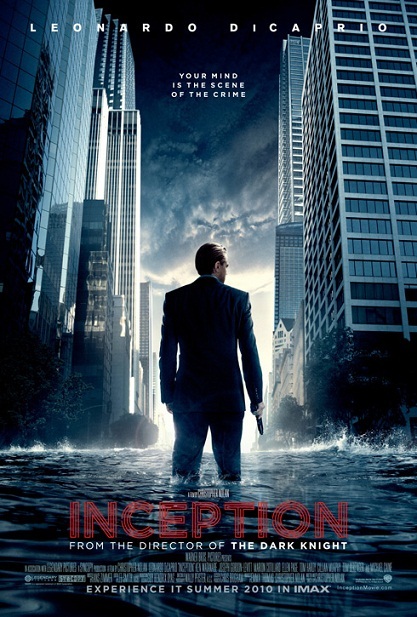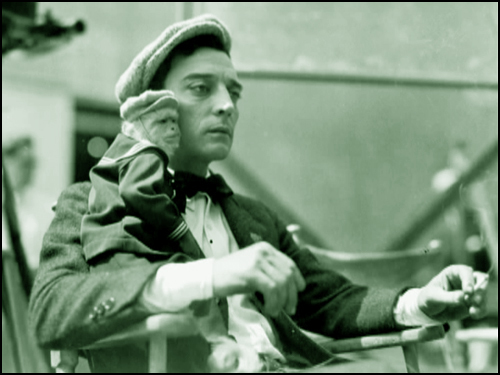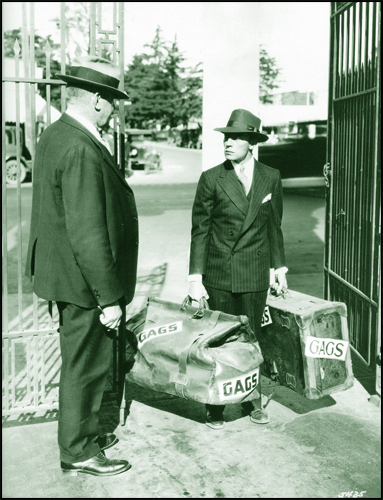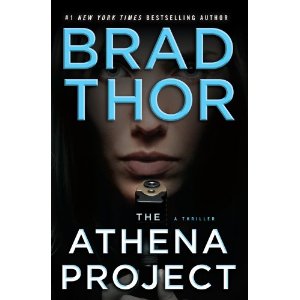On September 5, 1949, a largely unknown forty-year-old writer named James Agee had an essay published in Life magazine. Titled “Comedy’s Greatest Era,” it was a paean to the silent screen comedians of yesteryear, and to the fine art of physical humor developed by their collective genius into an art form. The coming of sound to Hollywood in the late 1920s was a mass extinction event that swept a generation’s worth of talent from the cultural stage. Now, at the dawn of the 1950s, these pioneers and their herky-jerky films were all but forgotten. In a world before VCRs, late-night cable, Netflix, or the Internet, it was all but impossible to see them even if you wanted to.
Agee, afire with a sense of purpose and mission, sought to arrest that forgetfulness with his essay. An early film critic and soon-to-be screenwriter (his work in Hollywood would later include the scripts for The African Queen and The Night of the Hunter), he was, in the words of a friend, “a big, untidy man who frequently looked like a tramp and who cared not a bit for material things. . . Agee was extremely fastidious about many things — about people, about humanity, about music, movies and, above all, about writing. In his years as a critic, he anguished over books and films that less patient critics would write off as trash: somewhere, Agee felt, there had to be something worth praising.”
A thrice-married, hard-drinking insomniac with the tender heart of a poet, Agee began his now-classic treatise with a description of the type and quality of laughter that America had lost with the death of silent movies:
In the language of screen comedians four of the main grades of laugh are the titter, the yowl, the bellylaugh and the boffo. The titter is just a titter. The yowl is a runaway titter. Anyone who has ever had the pleasure knows all about a bellylaugh. The boffo is the laugh that kills. An ideally good gag, perfectly constructed and played, would bring the victim up this ladder of laughs by cruelly controlled degrees to the top rung, and would then proceed to wobble, shake, wave and brandish the ladder until he groaned for mercy. . .
The reader can get a fair enough idea of the current state of screen comedy by asking himself how long it has been since he has had that treatment. . . The laughs today are pitifully few, far between, shallow, quiet and short. They almost never build, as they used to, into something combining the jabbering frequency of a machine gun with the delirious momentum of a roller coaster.
In Agee’s view, those meticulously crafted and constructed laugh fests of yore — inspiring in audiences what he described as the “laughter of unrespectable people having a hell of a fine time, laughter as violent and steady and deafening as standing under a waterfall” — had given way to cheap isolated one-liners strung together with little thought to momentum, timing, and nuance. As a reminder of what he was describing, he profiled a rich selection of the era’s shining lights, from Charlie Chaplin, Harold Lloyd and Harry Langdon to Mack Sennett and his Keystone Cops.
Saving one of his favorites for last, his essay ends with a look at the man who “never smiled,” a comedian with a face “as still and sad as a daguerreotype” that “ranked almost with Lincoln’s as an early American archetype; it was haunting, handsome, almost beautiful.” The man, of course, was Buster Keaton, and Agee credited the bearer of “The Great Stone Face” with “some of the most preposterously ingenious and visually satisfying physical comedy ever invented.”
The response to Agee’s effusions was rapturous. “The best thing I’ve ever read on the best thing ever done in films,” one reader wrote. “A masterpiece of perspicacity and lucidity,” intoned another, “done with a precision, an incisiveness — and withal a reverent tenderness — I have not seen equaled.” In the coming years, “Comedy’s Greatest Era” was quoted far and wide as America woke up to their lost heritage. Retrospectives became well-attended. Old funnymen still living gained new fans in their dotage via live appearances on that new medium hungry for content, television. Universities, museums, historians, and private collectors went on a quest to preserve as many moldering nitrate film reels as they could. And, bit-by-bit, much of the best of our silent comedies was saved from oblivion. James Agee’s drinking, smoking, and long nights spent agonizing over his writing eventually caught up to him, with a series of heart attacks striking like so many titters and yowls until the fatal one — a real boffo, one might say — felled him in 1955. But he lived long enough to see what an effect his heartfelt essay had on a previously somnolent movie-going populace (and ultimately became one of America’s most revered writers, with a posthumously published novel winning the Pulitzer Prize, and a large selection of his work being immortalized in The Library of America).
One particular treasure, however, looked lost forever: Buster Keaton’s last true silent film, The Cameraman (1928). With prints of two of his other filmic triumphs — The Navigator (1924) and The General (1926) — in increasing circulation among film fans and scholars throughout the 1950s, scholars went hungrily looking for his other pictures. The Cameraman was the first Keaton picture made at M-G-M after a long stint working independently, so it was assumed that the great studio would have an archival screening print on file.
And yet, when one of Keaton’s friends went to ask for a copy, he was told that their house print had deteriorated into oblivion, not from neglect but from over-projection. Apparently, studio heads throughout the 1930s and ’40s had deemed The Cameraman a perfect example of cinematic humor on screen, and ordered every comedian on contract to view it before embarking on their own careers. The movie was screened hundreds of times by the likes of The Marx Brothers, The Three Stooges, Abbott and Costello, Laurel and Hardy, W. C. Fields, Lucille Ball, Jimmy Durante, Bert Lahr, Zasu Pitts, Cary Grant, and Red Skelton until it was left in useless tatters.
(The original negative, squirreled away in the depths of the M-G-M vault out of reach of ordinary fans on the street, was later lost in a devastating 1965 fire, and looking far and wide across the world failed to turn up a decent print. It took the fortunate discovery and assembling of several copies found between the late 1960s and 1990s to create the fairly high-quality version on DVD that we enjoy today.)
When fans, spurred on in their quest by James Agee’s writing, finally got a hold of The Cameraman, what did they find? If the long-dead writer were still here with us, he might answer “titters, yowls, bellylaughs, and more than a few killer boffos.” (not to mention a preternaturally talented monkey whose hilarious hijinks put the Nazi-saluting simian from Raiders of the Lost Ark to shame.) Poised as it is at the tail end of Keaton’s prime years, and filmed mere months before sound rendered the great silent comedians, in Agee’s words, “as badly off as fine dancers suddenly required to appear in plays,” the picture represents an elegant summation of what he reverently calls the Silent Era’s “beauties of comic motion which are hopelessly beyond reach of words.”
Yet as hopeless as the effort may be, we shall attempt in the coming weeks — as Agee himself did — to use mere words to bring the visual comedic delights of both The Cameraman and its maker to life again for modern Conservative Movie Lovers.
FURTHER READING and VIEWING
Read James Agee’s essay “Comedy’s Greatest Era.” Luckily for Conservative Movie Lovers, back issues of Life magazine have been archived and made available for free at Google Books. Head on over and peruse the September 5, 1949 edition containing Agee’s most famous essay. Also take some time to check out the wonderful ads — here is one of my faves:






COMMENTS
Please let us know if you're having issues with commenting.